
The World Intellectual Property Organization is one of the 15 specialized agencies of the United Nations (UN). Pursuant to the 1967 Convention Establishing the World Intellectual Property Organization, WIPO was created to promote and protect intellectual property (IP) across the world by cooperating with countries as well as international organizations. It began operations on 26 April 1970 when the convention entered into force. The current Director General is Singaporean Daren Tang, former head of the Intellectual Property Office of Singapore, who began his term on 1 October 2020.
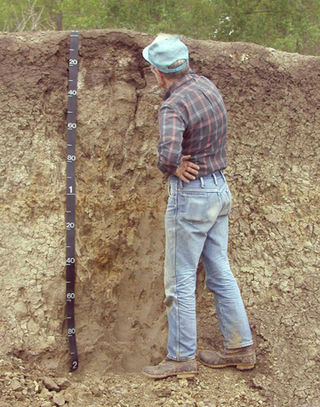
Soil science is the study of soil as a natural resource on the surface of the Earth including soil formation, classification and mapping; physical, chemical, biological, and fertility properties of soils; and these properties in relation to the use and management of soils.

The National Science Library (NSL), formerly known as the Canada Institute for Scientific and Technical Information or CISTI, began in 1917 as the library of the National Research Council of Canada (NRC). NRC is the Government of Canada's premier research and technology organization (RTO), working with clients and partners to provide innovation support, strategic research, scientific and technical services. The library took on the role of national science library unofficially in 1957 and became the official National Science Library in 1966.
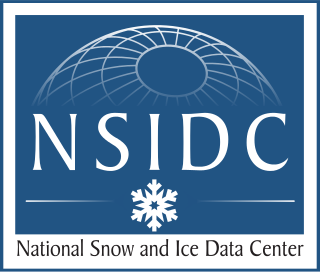
The National Snow and Ice Data Center (NSIDC) is a United States information and referral center in support of polar and cryospheric research. NSIDC archives and distributes digital and analog snow and ice data and also maintains information about snow cover, avalanches, glaciers, ice sheets, freshwater ice, sea ice, ground ice, permafrost, atmospheric ice, paleoglaciology, and ice cores.

Soil classification deals with the systematic categorization of soils based on distinguishing characteristics as well as criteria that dictate choices in use.

The World Reference Base for Soil Resources (WRB) is an international soil classification system for naming soils and creating legends for soil maps. The currently valid version is the fourth edition 2022. It is edited by a working group of the International Union of Soil Sciences (IUSS).
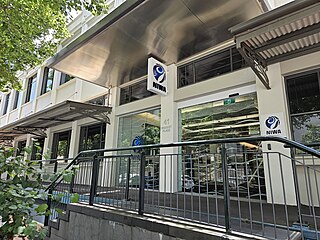
The National Institute of Water and Atmospheric Research or NIWA, is a Crown Research Institute of New Zealand. Established in 1992, NIWA conducts research across a broad range of disciplines in the environmental sciences. It also maintains nationally and, in some cases, internationally important environmental monitoring networks, databases, and collections.
Biodiversity informatics is the application of informatics techniques to biodiversity information, such as taxonomy, biogeography or ecology. It is defined as the application of Information technology technologies to management, algorithmic exploration, analysis and interpretation of primary data regarding life, particularly at the species level organization. Modern computer techniques can yield new ways to view and analyze existing information, as well as predict future situations. Biodiversity informatics is a term that was only coined around 1992 but with rapidly increasing data sets has become useful in numerous studies and applications, such as the construction of taxonomic databases or geographic information systems. Biodiversity informatics contrasts with "bioinformatics", which is often used synonymously with the computerized handling of data in the specialized area of molecular biology.
European Digital Archive on Soil Maps(EuDASM) is a digital inventory of the maps holding valuable information pertaining to soil that are highly demanded in various environmental assessment studies focusing on policy issues. The EuDASM is a common platform established by Joint Research Centre in Italy of the European Commission and the International Soil Reference and Information Centre(ISRIC) of Wageningen University in The Netherlands to store soil and related maps in digital format and to provide free access to the global community. The archive is typically unique at the present times, for it is the only archive that holds nearly 6000 maps online related to soils and are freely accessible to the public around the world. Moreover, the major focus of the EuDASM initiative is towards the developing nations of Africa, South America, Asia etc., in order to assist them to arrest the loss of existing information and prevent the quality deterioration.

The Cambridge Structural Database (CSD) is both a repository and a validated and curated resource for the three-dimensional structural data of molecules generally containing at least carbon and hydrogen, comprising a wide range of organic, metal-organic and organometallic molecules. The specific entries are complementary to the other crystallographic databases such as the Protein Data Bank (PDB), Inorganic Crystal Structure Database and International Centre for Diffraction Data. The data, typically obtained by X-ray crystallography and less frequently by electron diffraction or neutron diffraction, and submitted by crystallographers and chemists from around the world, are freely accessible on the Internet via the CSD's parent organization's website. The CSD is overseen by the not-for-profit incorporated company called the Cambridge Crystallographic Data Centre, CCDC.
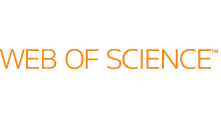
The Web of Science is a paid-access platform that provides access to multiple databases that provide reference and citation data from academic journals, conference proceedings, and other documents in various academic disciplines. Until 1997, it was originally produced by the Institute for Scientific Information. It is currently owned by Clarivate.

Patuakhali Science and Technology University commonly referred to as PSTU is a public agricultural, science and technological research university located in Patuakhali in Bangladesh. It was established as Patuakhali Agricultural College in 1972 and gained university status in 2000.
Digital curation is the selection, preservation, maintenance, collection, and archiving of digital assets. Digital curation establishes, maintains, and adds value to repositories of digital data for present and future use. This is often accomplished by archivists, librarians, scientists, historians, and scholars. Enterprises are starting to use digital curation to improve the quality of information and data within their operational and strategic processes. Successful digital curation will mitigate digital obsolescence, keeping the information accessible to users indefinitely. Digital curation includes digital asset management, data curation, digital preservation, and electronic records management.
Development Gateway, Inc. is an international non-profit organization that provides technical tools and advisory services to country governments and development organizations.
Soil governance refers to the policies, strategies, and the processes of decision-making employed by nation states and local governments regarding the use of soil. Globally, governance of the soil has been limited to an agricultural perspective due to increased food insecurity from the most populated regions on earth. The Global Soil Partnership, GSP, was initiated by the Food and Agriculture Organization (FAO) and its members with the hope to improve governance of the limited soil resources of the planet in order to guarantee healthy and productive soils for a food-secure world, as well as support other essential ecosystem services.
Pedometric mapping, or statistical soil mapping, is data-driven generation of soil property and class maps that is based on use of statistical methods. Its main objectives are to predict values of some soil variable at unobserved locations, and to access the uncertainty of that estimate using statistical inference i.e. statistically optimal approaches. From the application point of view, its main objective is to accurately predict response of a soil-plant ecosystem to various soil management strategies—that is, to generate maps of soil properties and soil classes that can be used for other environmental models and decision-making. It is largely based on applying geostatistics in soil science, and other statistical methods used in pedometrics.

The World Soil Museum (WSM) displays physical examples of soil profiles (monoliths) representing major soil types of the world, from the volcanic ash soils from Indonesia to the red, strongly weathered soils from the Amazon region. The museum is managed by ISRIC - World Soil Information, legally registered as the International Soil Reference and Information Centre (ISRIC), an independent, science-based foundation. Physically, the museum is located on the campus of Wageningen University and Research Centre in Wageningen, The Netherlands.
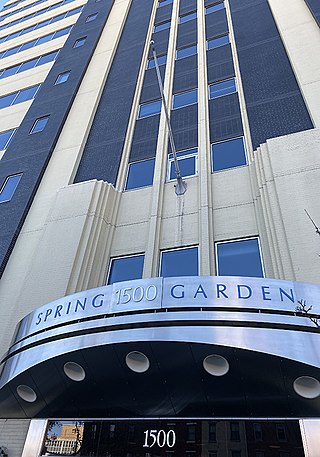
Clarivate Plc is a British-American publicly traded analytics company that operates a collection of subscription-based services, in the areas of bibliometrics and scientometrics; business / market intelligence, and competitive profiling for pharmacy and biotech, patents, and regulatory compliance; trademark protection, and domain and brand protection. In the academy and the scientific community, Clarivate is known for being the company that calculates the impact factor, using data from its Web of Science product family, that also includes services/applications such as Publons, EndNote, EndNote Click, and ScholarOne. Its other product families are Cortellis, DRG, CPA Global, Derwent, MarkMonitor, CompuMark, and Darts-ip, and also the various ProQuest products and services.













